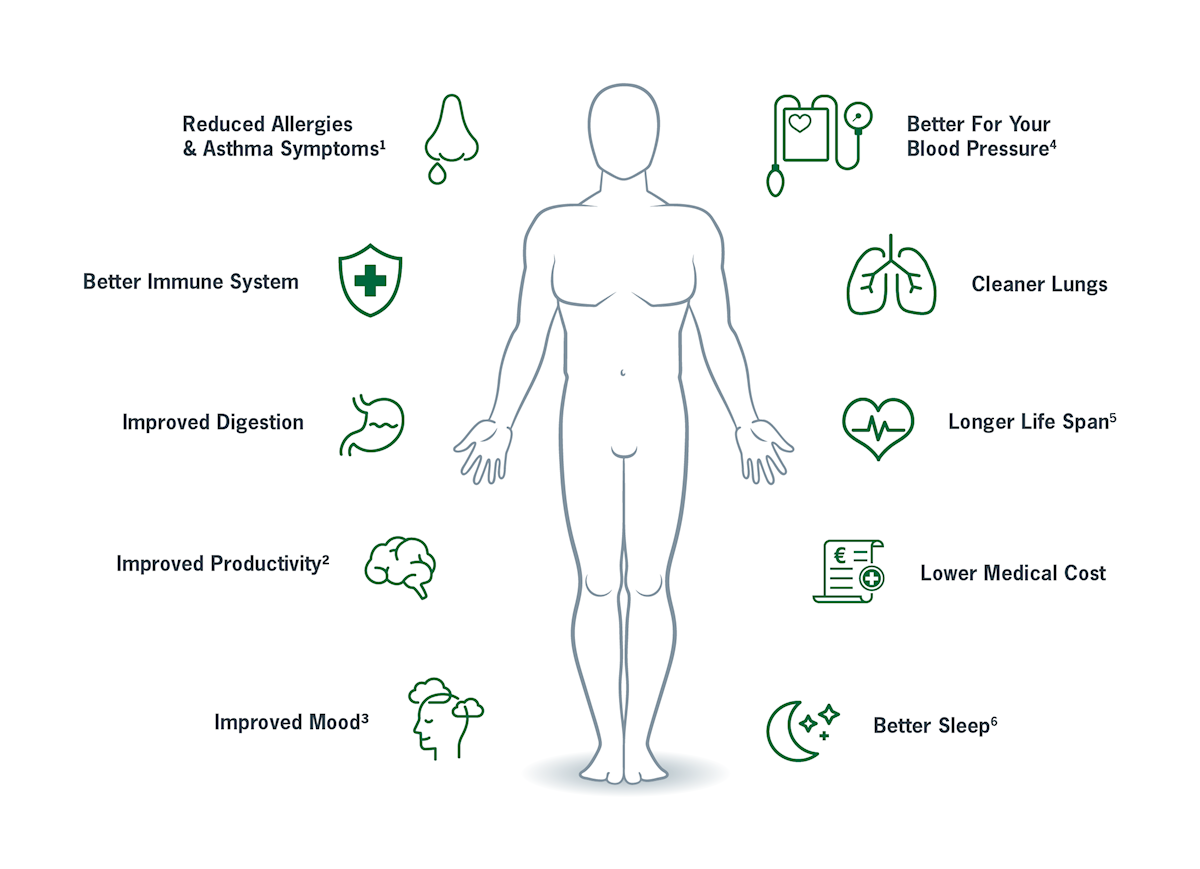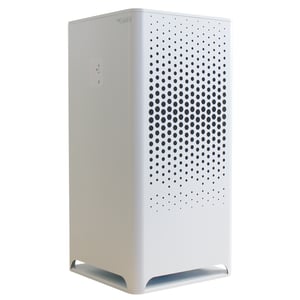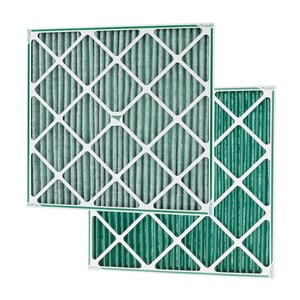code of practice
INDOOR AIR QUALITY
The code of practice is set in accordance to Section 60 of the Safety, Health and Safety at Work Act 2005. It aims to improve indoor air quality (IAQ), improve ventilation in workplaces, establish a set of acceptable values for specific chemical and physical parameters and describe mechanisms to identify, evaluate and control IAQ issues. The code was published in Iris Oifigiúil on June 6th 2023.
Employees spend a large portion of their time indoors and as such are effected by the quality of air within the workplace. Indoor air quality (IAQ), temperature and relative humidity are all important elements of a healthy work environment. A good level of IAQ can be explained as air with no known contaminants present at harmful levels. There are many benefits associated with good levels of IAQ in the workplace such as improved employee job satisfaction, productivity, comfort and health. It is important to not compromise other environmental factors such as employee comfort when making improvements to IAQ in the workplace.

Investigate the indoor air quality of your workspace by performing an initial risk assessment following the code of practice guidelines. The assessment should identify any hazards in the work environment that can be controlled by the employer and assess any risks that are accompanied by these hazards. The assessment should be carried out by a competent individual or alternatively by using Camfil's AirCair Service. This can be carried out by visual inspection, consultation or obtaining the appropriate data. This process can help employers identify, assess and control factors that can help improve IAQ in the workplace.
Having completed the risk assessment, the organisation can then upgrade their facilities according to the requirements identified during the assessment. Some factors to consider are natural ventilation, mechanical ventilation, temperature/relative humidity and exposure to chemicals or biological agents. Any control measures identified during the assessment must be communicated to employees so these measures can be understood and implemented. Organisational processes for maintaining good IAQ should be reviewed at least once per year.
Inform all stakeholders of updated processes regarding the maintenance of good indoor air quality. The results the indoor air quality assessment must be made available to employees and others that may be affected. Updated control measures must be communicated to all employees. Trainings may also be implemented for servicing/cleaning of air ventilation or purification systems. Supervision may also be required to ensure control measures are being implemented correctly.



